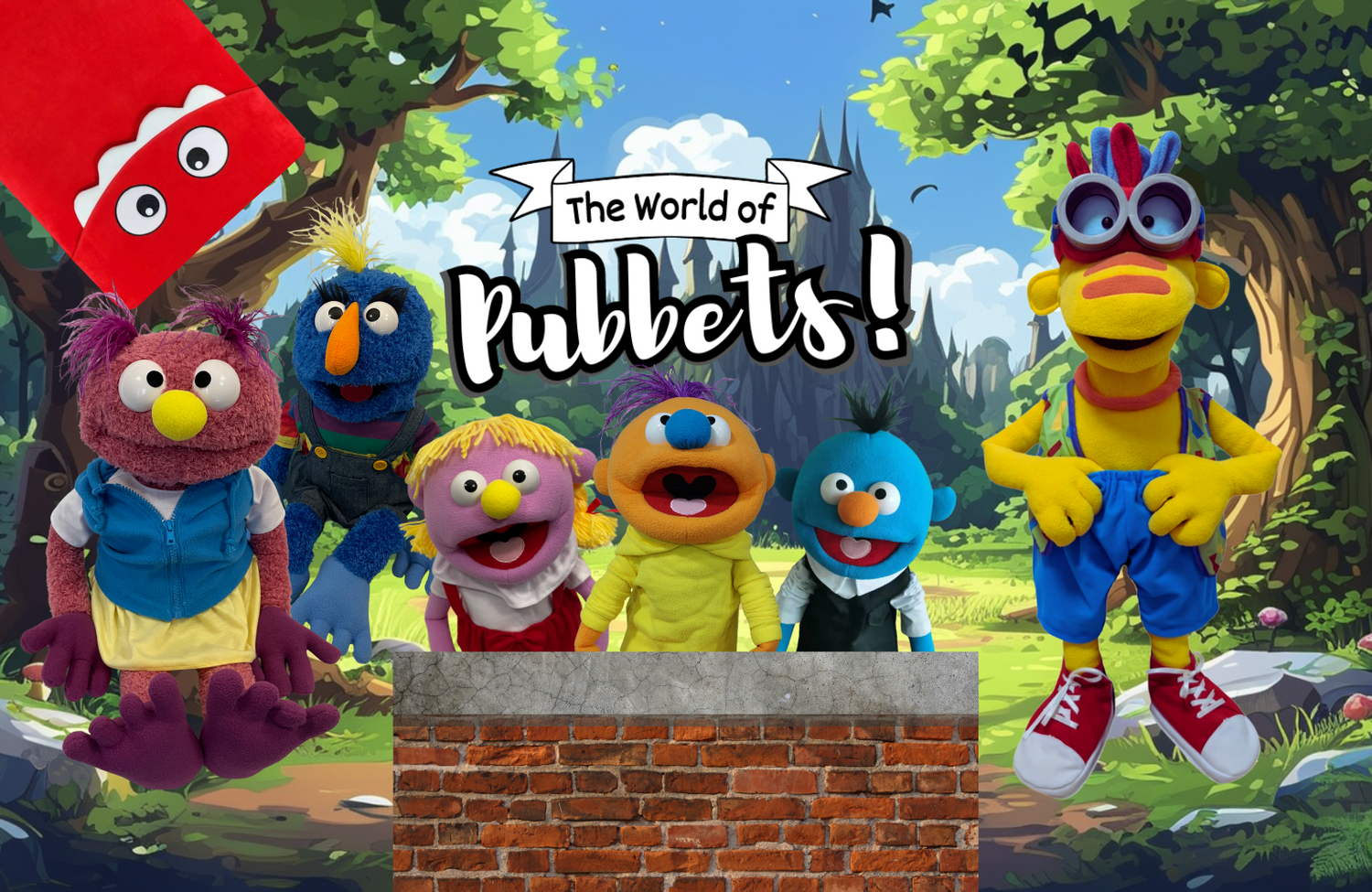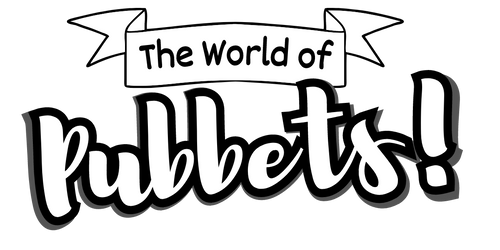Puppetry is a great skillset for any teacher to have in their arsenal. Puppets are versatile, can be used with students of all ages, and are effective at capturing attention quickly.
I've compiled five reasons why you should try puppetry in your classroom.
1. Puppets are a GREAT co-teacher!
This applies even more to a class where you're working with non-native English speakers. Suddenly with a dramatic flourish you can introduce a SECOND native English speaker to your classroom!
How can this be used effectively?
- Use your puppet to help you model language. For extra effect you can make the puppet misunderstand and make funny mistakes. This is a GUARANTEED crowd pleaser and your students will love to see the puppet learning just like them.
- Kids learn naturally from listening to and copying conversations around them.
A puppet co-teacher can very easily be introduced to your classroom and become an important part of your daily schedule. I will be sharing posts on this topic soon.
If possible, try to buy a full-body puppet so you can sit the puppet next to you or use them as a decoration in your classroom.
2. Puppets are a fantastic way to help develop social-emotional skills
Puppets allow students to discuss their feelings and emotions more easily which helps build trust between peers and teachers alike.
This provides an environment that allows students to feel comfortable enough to express themselves openly without feeling judged or left out of the group dynamic.
How can this be used effectively?
Prepare some scenarios that your students might face in their daily life.
Some examples could be:
- Your friend seems sad today. How would you talk to them and ask them to share their feelings?
- It's your birthday and you really wanted a new bike, but your parents bought you clothes and books instead. How do you feel?
- Someone in the playground called your friend a nasty name. What would you do or say to make them feel better?
- ... or even better - ask the students to share a time when they felt upset and not sure how to show their feelings.
Divide the class into pairs or small groups and ask the students to role play the scenarios above. You may need to show them how this works if it's their first time using puppets in this setting.
3. Puppets can provide an 'information gap'
Your students probably know you pretty well after just a few weeks working together. They will know your name, favourite colour, where you are from, and so on...
But with a puppet you can introduce a brand new character to the classroom. A 'blank slate' that you can use to encourage communication.
How can this be used effectively?
- Harness your students curiosity! Who is this new character? Where are they from? What are their hobbies?
- Seeking information is one of the best ways to use new language.
- Model new types of questions with your puppet and then prompt your students to do the same.
4. Puppets are engaging
Feel a slump in your classroom energy levels? Bring in a puppet and watch the mood change!
Puppets are bright, friendly and appealing to students of all ages.
How can this be used effectively?
- To help 'break the ice' with new students.
- To quickly liven up a class when students are losing focus.
- As a reward system. Show students that the puppet will 'visit' and chat to them if they complete a task or show good behaviour through the day.
- and my favourite way to use puppets in the classroom: to review new content. Hey kids! What have you learned in class today? Then you suddenly have a flipped classroom where the students are teaching you (the puppet) what they have learned.
5. Puppets nurture creativity
Kids are naturally creative and inquisitive. You can harness these traits very easily when using puppetry in your classroom.
Many students haven't talked to a puppet before and the puppet can be a 'blank slate' to help them try new language or class content in a fun and low pressure setting.
How can this be used effectively?
- Create a brand new character for the puppet using the student input. Name? Age? Favourite colour, food, animal etc.. This can be done early in the year or when you first buy a new full-body puppet for your classroom.
- Prompt students to find out more about your classroom puppet co-teacher by asking questions.
- Ask students to make their own puppet and practice talking with it. This is a really fun craft activity and you can collect the puppets and keep them in a storage box for regular use during class.
Conclusion
There are many reasons to use puppets in your classroom. Puppetry can be used as a way for students to learn about different cultures, make presentations more engaging and interactive, or even act out the story of their own lives!
It may take some creativity on the part of teachers and students alike but with these 5 benefits there’s no reason not try using puppets in your next lesson plan!
Do you currently incorporate puppetry into your classrooms? We want to hear what you think about this idea by leaving us feedback below 🙂



